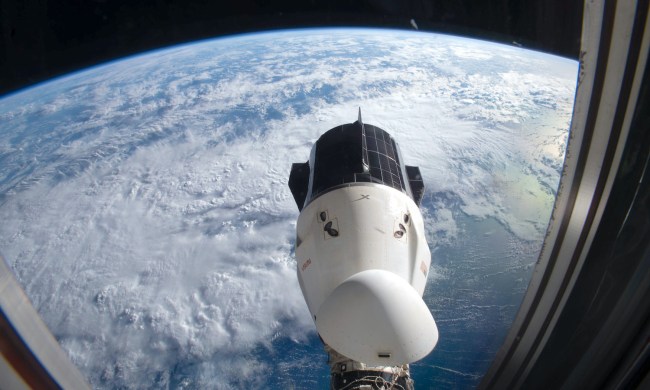
SpaceX’s beautiful and huge Starship could be ready for launch in as little as a few months, according to CEO Elon Musk. The aim is for the Starship to haul large amounts of cargo and to eventually help humanity to colonize Mars.
In tweets by Musk highlighted by space.com, he reveals some more details about SpaceX’s plans for the Starship. He posted a short video of the SpaceX team working on the production of the dome for the Starship’s tank, which he described as the “most difficult part of [the] primary structure.” And a couple of days later, he posted another video of several of the giant domes in various stages of completion.
The attachment of the tank dome seems to have been the part of the Starship that failed when a prototype quite literally blew its top in a ground test last year. SpaceX didn’t reveal exactly what caused the problem during that test, but it could have been due to the welds which hold the dome in place failing under the extreme pressures of the test environment. That failure occurred during the testing of the Mk1 prototype, and the new domes seen in the videos are part of the new version of the test craft, called SN1.
In discussing current plans for the Starship, Musk posted that, “We’re now building flight design of Starship SN1, but each SN will have at least minor improvements, at least through SN20 or so of Starship V1.0.” In terms of specifics, in a later tweet he also discussed how the new prototype will be improved over the previous version which experienced the failure: In terms of welding techniques, “Almost everything is different,” he said. “These parts are stamped vs manually bump-formed and TIP TIG-welded vs flux core. Higher precision, stronger joints & 20% mass reduction.”
Perhaps the most surprising news is of the ambitious timeline for Starship testing. Musk revealed that “Flight is hopefully 2 to 3 months away” for the new Starship SN1, so we could expect to see a Starship take to the air before spring arrives.
This is in addition to SpaceX’s work on its Crew Dragon capsule, which will eventually ferry astronauts to the International Space Station (ISS). The Crew Dragon recently aced a parachute test and could be ready for a test flight to the ISS soon. With the Boeing Starliner capsule’s recent failure to reach the ISS, all eyes will be on SpaceX to see if it can achieve this milestone before its competitors.



